Oil price posts two-year highs - but how long can it last?
Brent rose above $59 a barrel this week, its best third-quarter showing since 2004
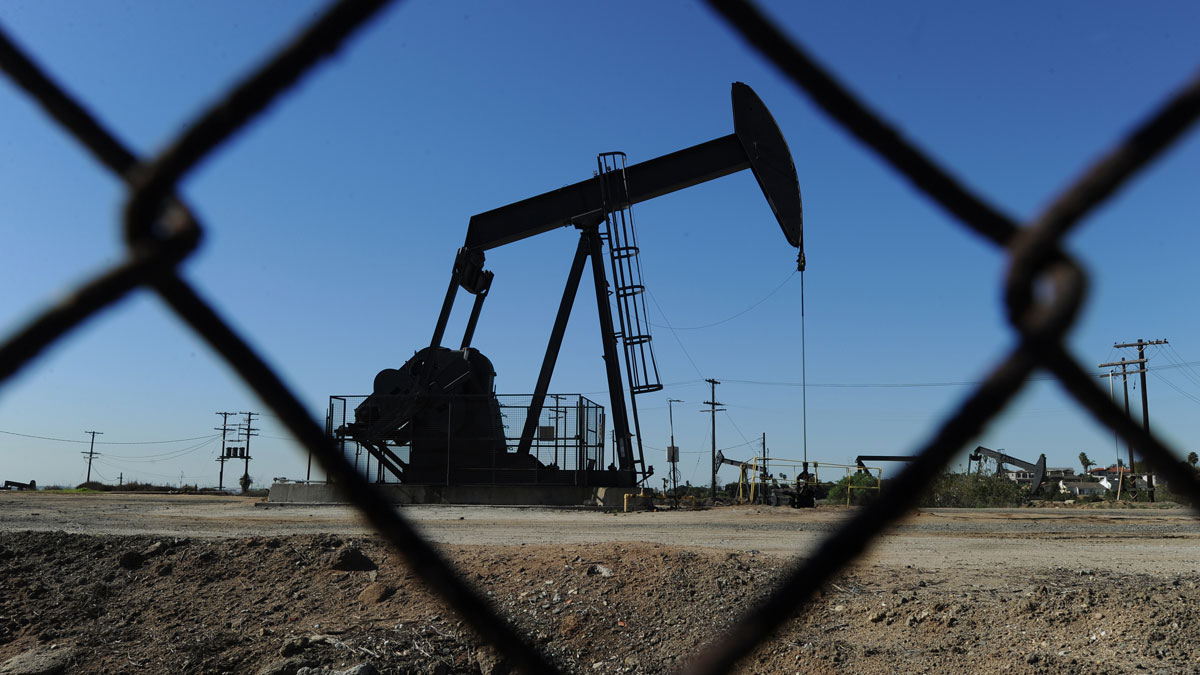
Oil price will go 'higher for longer', predicts fund manager
18 October
It's almost two years since the oil price embarked on its prolonged slump, but the New York Times says experts believe "the market has become complacent in its outlook".
In particular, the paper cites hedge fund manager Dwight Anderson, who has been investing in energy markets for two decades and believes oil is about to embark on a sustained surge to the mid-$70s by 2018.
The Week
Escape your echo chamber. Get the facts behind the news, plus analysis from multiple perspectives.

Sign up for The Week's Free Newsletters
From our morning news briefing to a weekly Good News Newsletter, get the best of The Week delivered directly to your inbox.
From our morning news briefing to a weekly Good News Newsletter, get the best of The Week delivered directly to your inbox.
His prediction, however, is a long way from where the market is today.
Oil prices have been trapped in a narrow range in recent days and dipped on Monday, with Brent crude falling around 0.8 per cent to $51.50 a barrel and US benchmark West Texas Intermediate sliding by roughly the same margin to below $50.
There was also another bearish signal ahead of the Opec supply deal talks next month, with Iran's vice president saying "his country needs to regain its market share", Reuters reports.
In addition, a report showed there were four more US oil rigs active last week, adding to the sense production is recovering in what is now already the world's largest producer country.
A free daily email with the biggest news stories of the day – and the best features from TheWeek.com
Overall, analysts said Monday's fall was mainly because the main US futures contract expires this week and traders are trimming "long positions", that is bets on higher prices to come.
In general, the market is focused on the Opec meeting next month to see if a tentative deal to cut production by as much as a million barrels per day will be confirmed. Non-Opec producers such as Russia could also commit to at least freezing output.
Some experts, however, are not convinced this will be enough to re-balance the market. Goldman Sachs estimates prices will remain "flat through most of 2017".
However, Anderson, the founder of energy-focused hedge fund Ospraie Management, thinks otherwise: "Prices will be higher for longer - and I know that puts me in the extreme," he says.
In explanation, he says the cuts to investment since 2014 – and continued reductions in spending to come – mean future supplies will undershoot demand.
"There is a lot of scar tissue to overcome. And I think that capital expenditure decisions will be impaired for years to come," he adds.
Oil price edges higher on petrol-stocks drop
14 October
The oil price swung markedly on Thursday but eventually settled higher after a mixed report on US stockpiles.
Raw crude reserves rose 4.9 million barrels last week, said the Energy Information Administration (EIA), the first increase in six weeks and of a magnitude that casts doubt on assumptions the market is almost back into supply-and-demand balance.
More positively, petrol stocks declined by 1.2 million barrels and distillates in storage, such as diesel, dropped by 3.7 million barrels.
Brent crude, the international oil price benchmark, initially dropped by 1.3 per cent to a little above $51 a barrel, says Irinia Slav on Oilprice.com, while US benchmark West Texas Intermediate (WTI) dipped back below $50.
Both returned into positive territory, however, and Brent was around $52.40 in London trading this morning while WTI was hovering in the region of $51.
Reuters said prices were to some extent being supported by "technical indicators".
Traders expect oil to remain in a relatively narrow, if volatile, range until the next Opec meeting in November and are buying and selling on any significant price movements higher or lower.
Opec is expected to announce confirmation of a supply cut deal struck late last month – and it might even garner the support of Russia, one of the world's largest producers outside the 14-state cartel.
However, doubt remains over whether the prospective cut of up to one million barrels a day will be enough to rectify the long-standing supply imbalance and stockpile overhang.
The EIA report is significant in this respect, as it has recorded rising inventories of raw crude when refined products are being drawn, and vice versa, for much of the summer, suggesting weak underlying demand.
"We are doubtful that Opec's efforts, even if successful in achieving a targeted 32.5 million barrels per day in collective output, will prove sufficient to materially alter the global oil balance," French bank BNP Paribas said.
Oil's major producers hedge against price fall
13 October
Oil's major producers and traders are betting that market optimism over a supply deal being agreed next month will prove to be misplaced.
Investors have pushed the oil price above $50 in the past two weeks, but Reuters says "the people who produce, refine, ship or trade the real stuff on a daily basis" are putting their money on the rally reversing.
In particular, Reuters adds, "producers have built up large short positions in the crude futures market" to help "hedge against any possible plunge in the prices of the crude they sell".
Physical crude prices for shipped cargos are currently trading around $2 a barrel below the futures price on markets.
"The reality is the world is pumping a lot more oil than it uses," said Jeffrey Halley, a senior analyst at brokerage OANDA.
International oil price benchmark Brent crude continued to wane overnight and was trading back below $52 a barrel this morning. US counterpart West Texas Intermediate was sliding back towards the $50 threshold.
These moves followed a report from the 14-nation Opec cartel showing production hit an eight-year high in September, says CNBC.
That confirmed an earlier report from the International Energy Agency. It warned the crude glut would run into 2017.
Despite the most credible talk of an Opec supply cut in nearly a decade, "some in the financial markets are taking notice" of this bearish supply talk, says Reuters.
"Goldman Sachs told clients this week that despite a production cut becoming a 'greater possibility', markets were unlikely to rebalance in 2017, warning of another price fall to the low $40s per barrel."
Oil price 'slipping' from 2016 high
12 October
After hitting a 2016 high of close to $54 yesterday the oil price has been "slipping", says the Financial Times.
International benchmark Brent crude was below $53 a barrel this morning, hitting around $52.70, while US counterpart West Texas Intermediate hovered at the $51 level.
Prices have experienced a strong rally over the past couple of weeks, driven by the most credible signals yet that the 14-nation Opec cartel will coordinate a production cut for the first time since the financial crisis.
But until and unless the deal is finalised in November, oil's trend is expected to be volatile.
There was renewed scrutiny and doubt about the deal yesterday, in part triggered by the International Energy Agency's announcement that Opec output last month hit a new record of 33.6 million barrels a day.
This prompted questions over its commitment to cuts and whether members will be able to agree to reduce overall exports to between 32.5 and 33 million barrels per day, as promised.
Added to that is Russia, which many believe needs to be part of any agreement to make it effective. One day after President Vladimir Putin signalled the country would participate in the November cut, officials have cast fresh doubt on its involvement.
"Russian Energy Minister Alexander Novak said the base-case scenario for Russia would be to leave current output unchanged," says Reuters.
Russia's most influential oil executive Igor Sechin, the head of Rosneft, told the agency "his company will not cut or freeze oil production as part of a possible agreement".
Despite all this, oil prices still remain high compared with much of 2016 – and formerly sceptical analysts believe the cut will be confirmed and that it will boost trading.
Citigroup called the plan "credible" and said it should help to lift the oil price to the "mid-$60s" by the end of next year, says ABC. Think-tank Capital Economics says if a deal is struck the price should break through $60 before the end of this year.
Oil price hits 2016 high as Putin backs output deal
11 October
The oil price surged to its highest level for 2016 yesterday on the back of apparent support for a supply deal from Russian President Vladimir Putin.
Analysts had speculated that this week's energy conference in Istanbul would see headlines hinting at one of the world's largest oil producers cooperating with Opec's tentative supply deal. They were not disappointed.
"Russia is ready to accede to joint measures to reduce [oil] production and is calling on other oil exporters to do so," said Putin, reports the BBC.
The 14 Opec member countries have preliminarily agreed to cut their collective production to between 32.5 and 33 million barrels per day, with a final agreement on who cuts what to be hammered out at its next formal gathering in November.
But the cartel does not have the sway on global oil markets it once had and without the support of the likes of Russia, which is pumping about 11 million barrels a day, there are doubts the deal will make a difference.
Consequently, after Putin's comments, global oil price benchmark Brent crude rose three per cent to hit an intraday high near $54 barrel, eventually settling at a new 2016 peak of above $53. Its US counterpart, West Texas Intermediate (WTI), hit a four-month high of $51.60.
However, the rally did not continue this morning. Brent crude was down 1.1 per cent at a little above $52.50, while WTI slipped more than one per cent to around $50.80.
Sentiment was knocked by a report from the International Energy Administration highlighting the scale of the challenge facing the producers.
Opec production rose again in September to hit a new record of 33.6 million barrels per day, says the Financial Times. Russian rises also helped boost non-Opec output by 500,000 barrels per day.
"At some point, the market will call them on it and say, 'Show us the cuts,'" John Kilduff, a partner at New York energy hedge fund Again Capital, told Reuters.
"At that point, the Saudis might be willing to underwrite the cuts on their own because they really want these high prices."
-
 How will China’s $1 trillion trade surplus change the world economy?
How will China’s $1 trillion trade surplus change the world economy?Today’s Big Question Europe may impose its own tariffs
-
 ‘Autarky and nostalgia aren’t cure-alls’
‘Autarky and nostalgia aren’t cure-alls’Instant Opinion Opinion, comment and editorials of the day
-
 Japan’s Princess Aiko is a national star. Her fans want even more.
Japan’s Princess Aiko is a national star. Her fans want even more.IN THE SPOTLIGHT Fresh off her first solo state visit to Laos, Princess Aiko has become the face of a Japanese royal family facing 21st-century obsolescence
-
 How might the Israel-Hamas war affect the global economy?
How might the Israel-Hamas war affect the global economy?Today's Big Question Regional escalation could send oil prices and inflation sky-high, sparking a worldwide recession
-
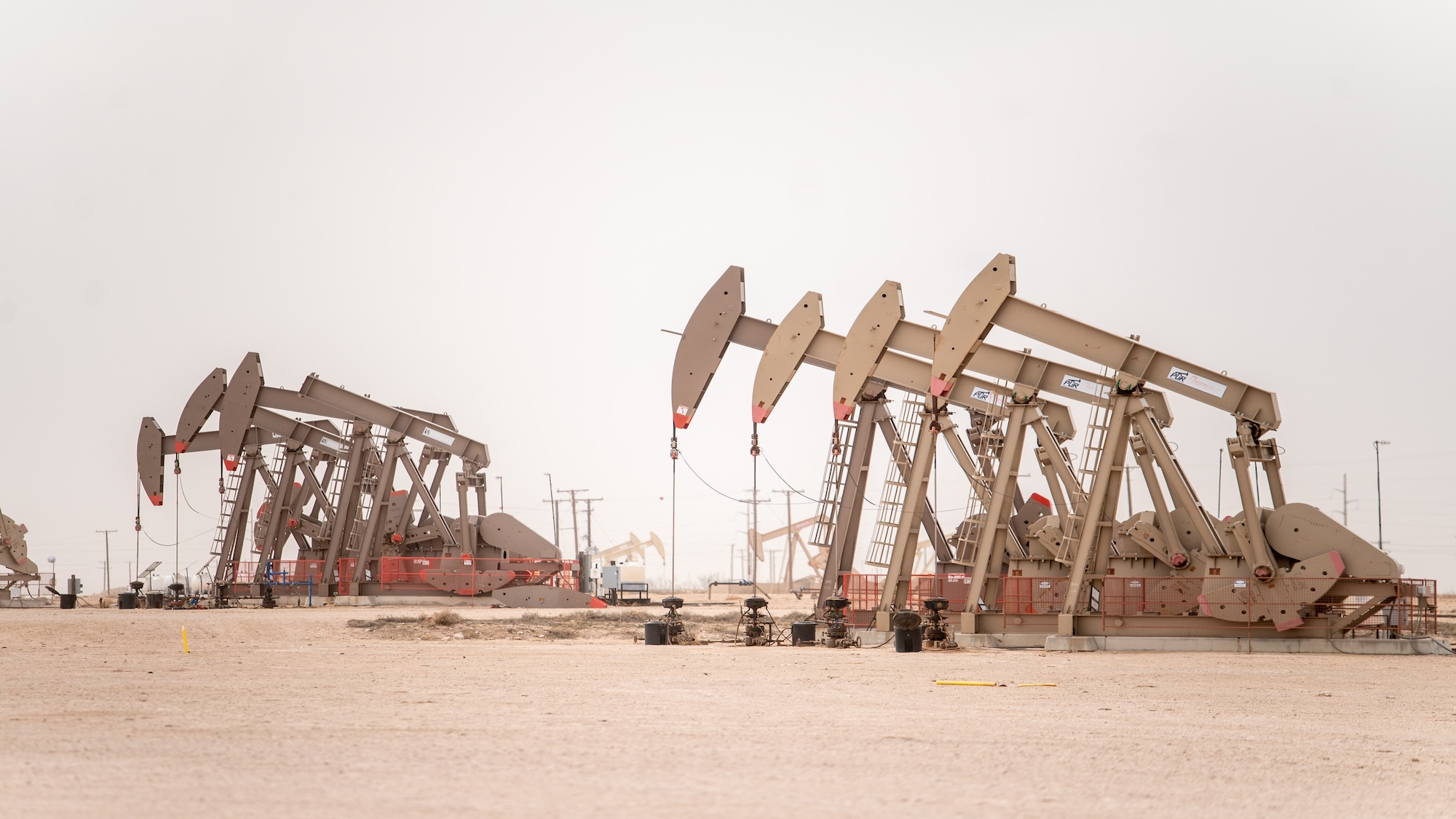 Recent mega-mergers could signal a turning point for the US oil industry
Recent mega-mergers could signal a turning point for the US oil industryTalking Point Both Chevron and Exxon have recently spent billions to acquire smaller oil companies
-
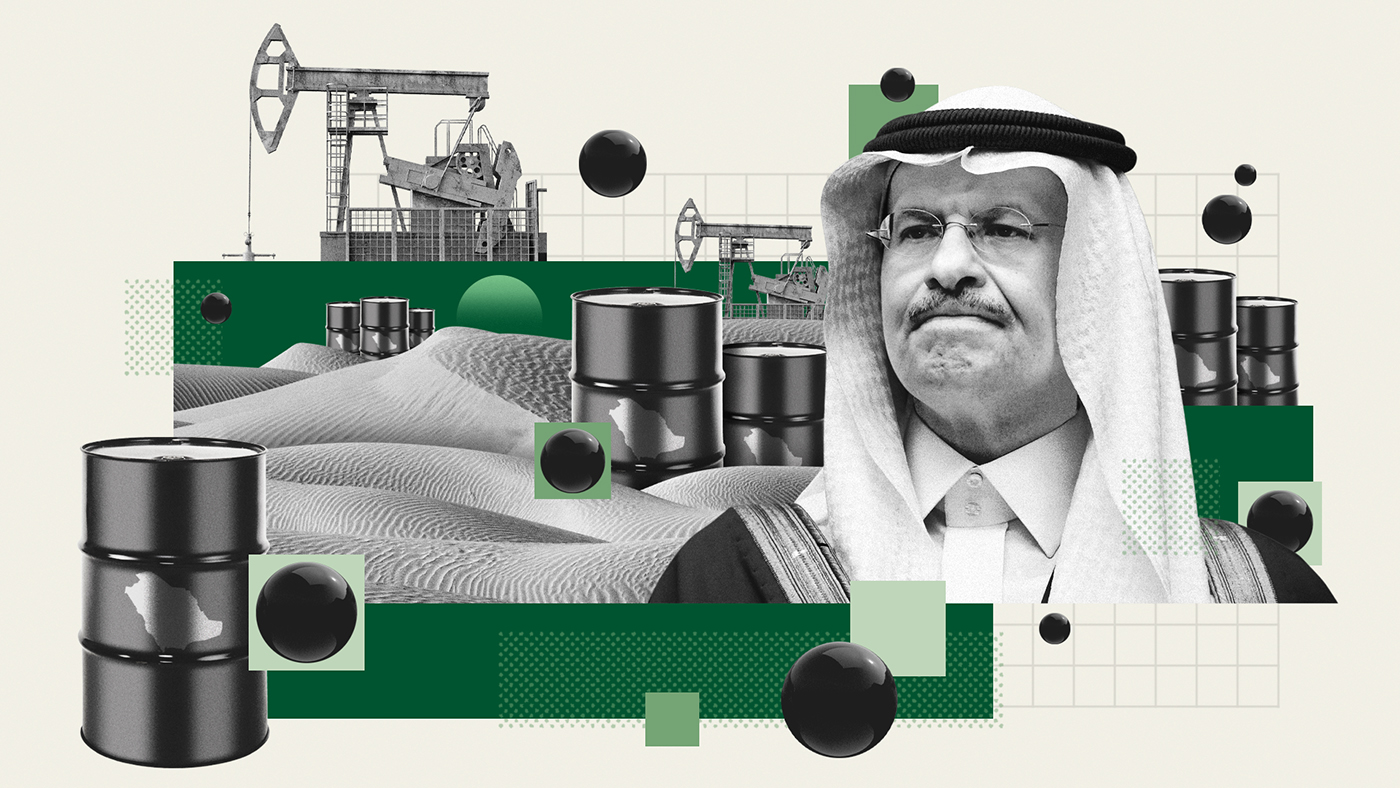 Has Saudi Arabia lost control of oil prices?
Has Saudi Arabia lost control of oil prices?Today's Big Question Kingdom goes it alone to cut production, risking tension with US and reigniting cooling inflation in Europe
-
 US angered by Opec+ oil cut
US angered by Opec+ oil cutSpeed Read Energy prices to rise further as producers slash supply by two million barrels a day
-
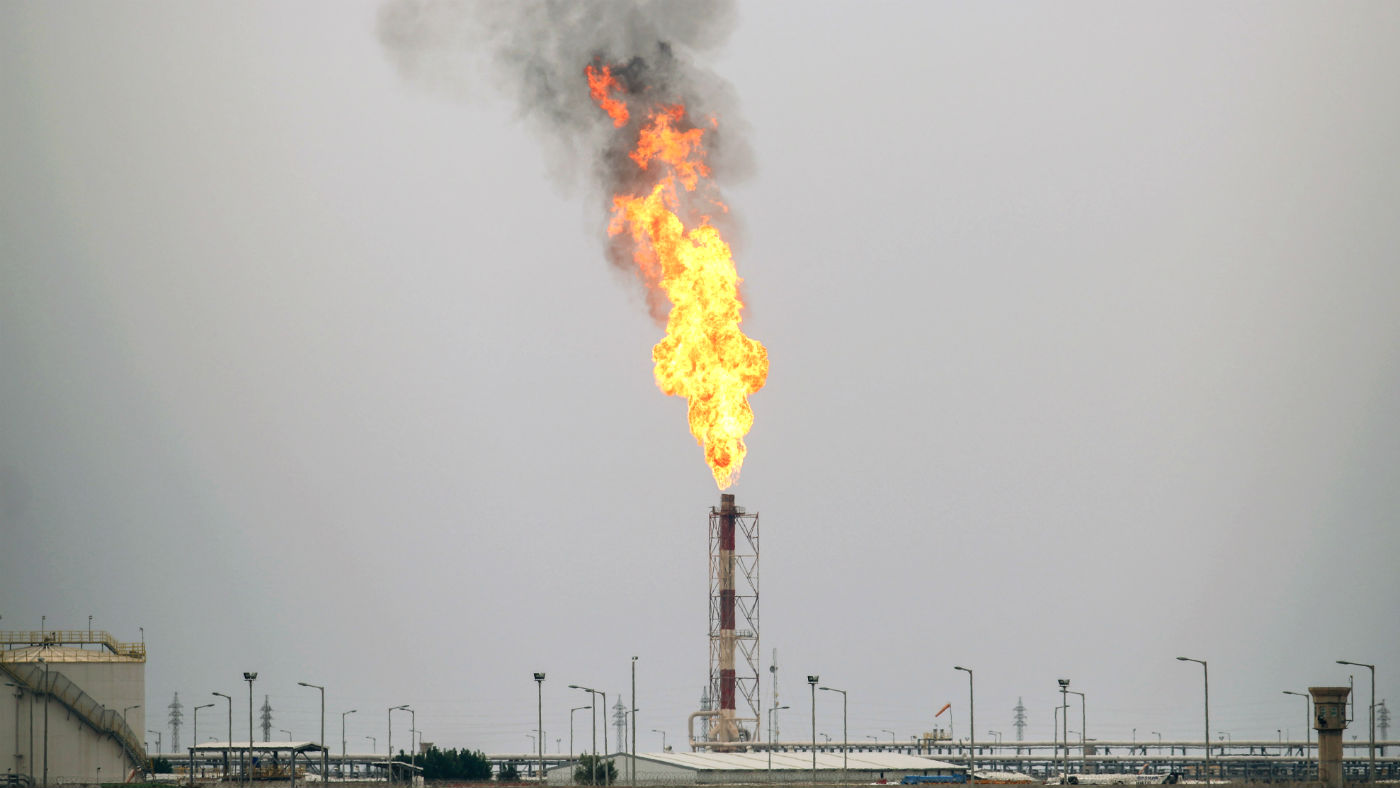 Global oil demand forecast lowered for 2020 and 2021
Global oil demand forecast lowered for 2020 and 2021Speed Read IEA report says jet fuel demand remains the major source of weakness
-
 Are US-Iran tensions flaring again?
Are US-Iran tensions flaring again?In Depth Trump threatens military action over Twitter
-
 Can a deal be struck to raise oil prices?
Can a deal be struck to raise oil prices?In Depth Opec+ will convene today over video link in a bid to boost crude
-
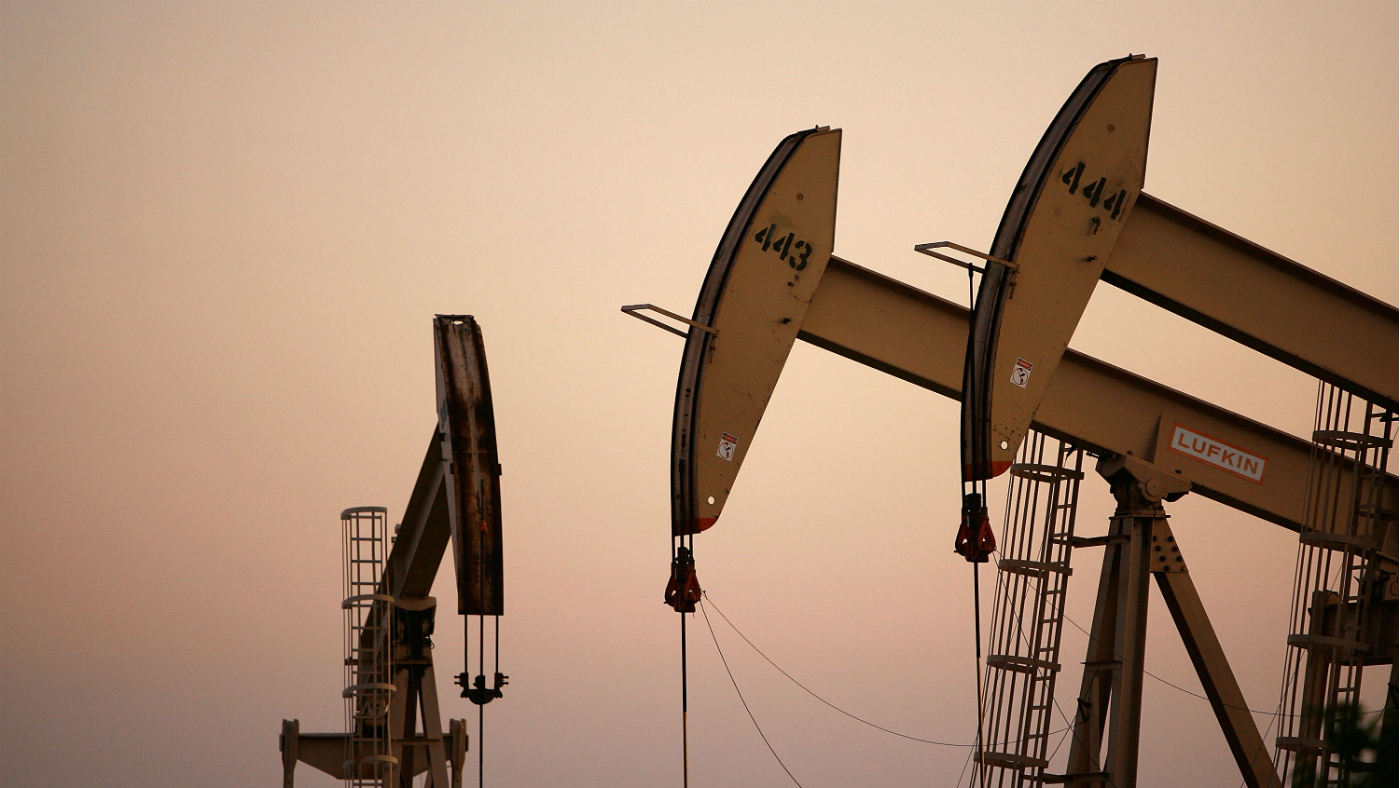 What do negative oil prices mean?
What do negative oil prices mean?In Depth Perfect storm of oversupply and storage shortages sees producers paying to get rid of US crude